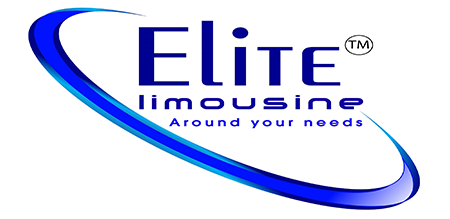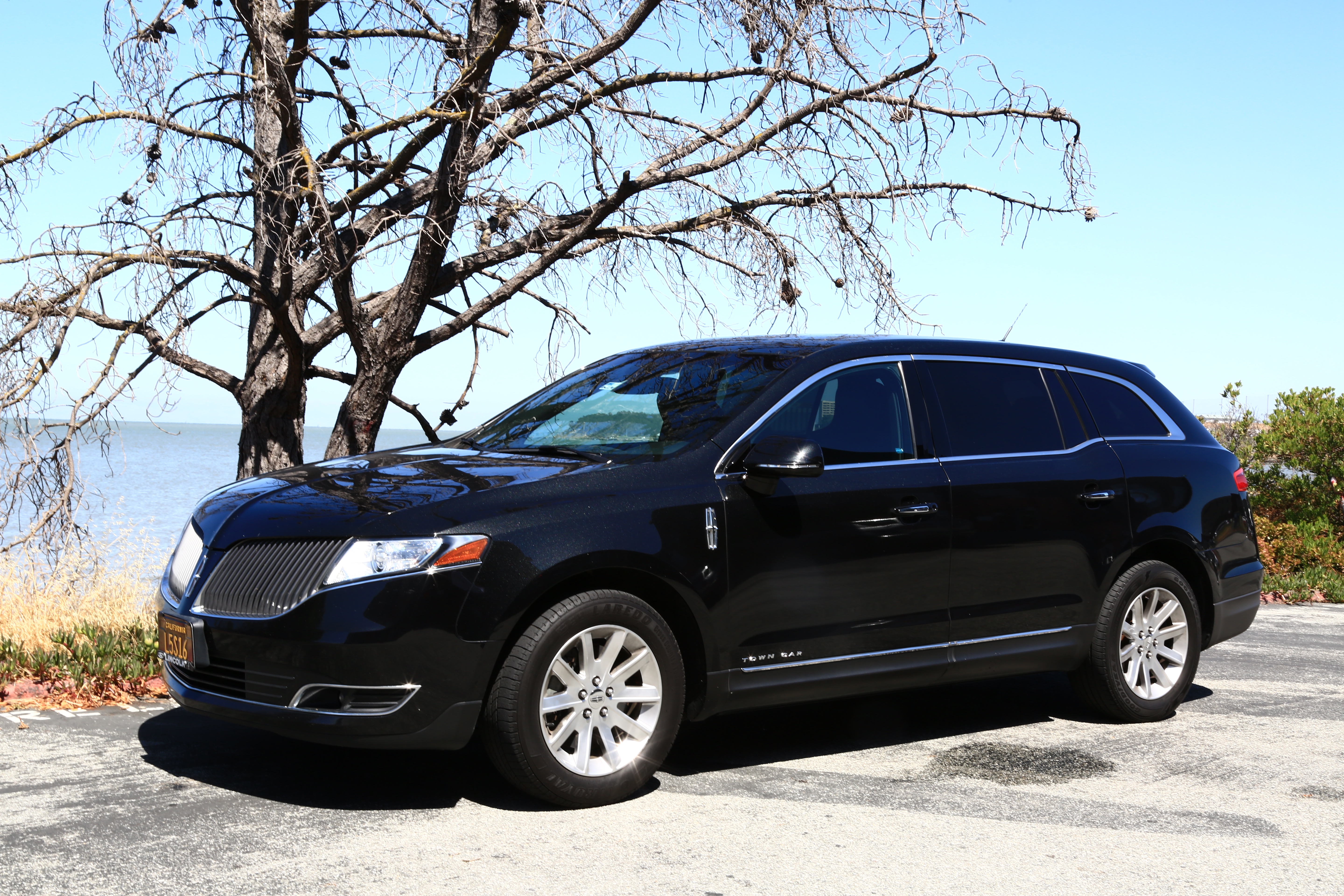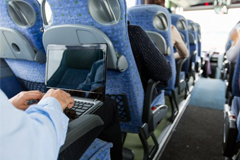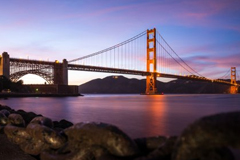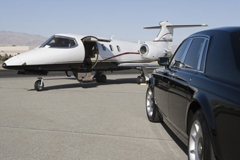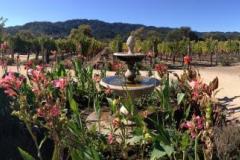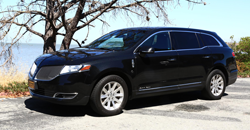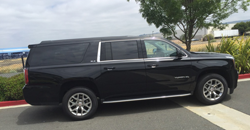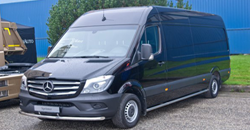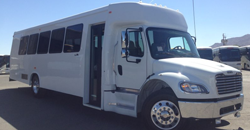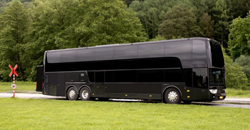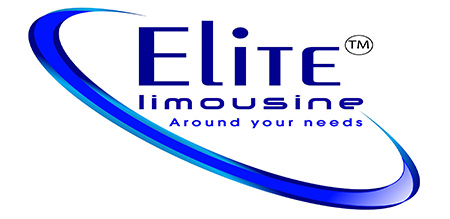Two years ago, Sandia National Laboratories researchers Joe Pratt and Lennie Klebanoff positively answered a difficult question: Is it possible to operate a high-speed passenger ferry solely powered by hydrogen fuel cells?
Consequences behind a YES on this question are in a recent report, “possibility of the SF-BREEZE. This Hydrogen Fuel Cell High Speed Passenger Ferry works with Zero Emission. SF-BREEZE stands for San Francisco Bay Renewable Energy Electric Vessel.
A Study suggests that it is technically doable to build a high-speed, zero-emission hydrogen-powered ferry.
Tom Escher, president of San Francisco’s Red and White Fleet claimed it to be a ‘game changer’. He said ‘We can eliminate environmental pollution from ships’. "This could have a major impact on every shipyard in the country."
It is a funded work by the Department of Transportation's Maritime Administration, American Bureau of Shipping (ABS), the U.S. Coast Guard, naval architect Elliott Bay Design Group, the Port of San Francisco and dozens of other contributors.
Novel boat design
Hydrogen-powered ferries with smaller and slower vessels will be used for tours on lakes and rivers. The group drew up conceptual specifications: a 150-passenger commuter ferry that would travel four 50-mile round-trip routes each day at a top speed of 35 knots (roughly 39 miles per hour) about 60 percent of the time.
Regulations and economics
ABS approved a condition to verify the conceptual design and whether it would be complaint with applicable regulations and rules. With the combined assessment and feedback from the U.S. Coast Guard, Sandia concluded that the vessel will be acceptable from a regulatory perspective.
Optimization is next step
Optimization of service includes the vessel design. This will examine the trade offs between speed and costs and emissions among other factors.
Red and White Fleet President Escher see SF-BREEZE as the start of a revolution in marine transportation.

